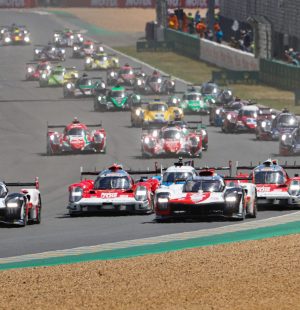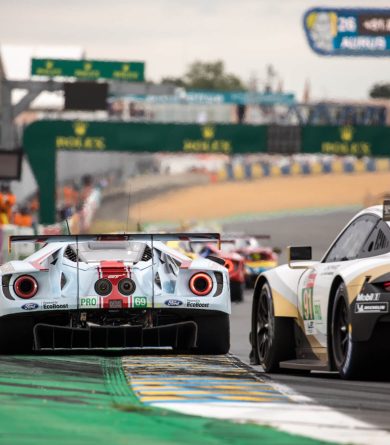Some of the editions of the 24 Hours of Le Mans have marked the history of the competition. A look back at 6 historical editions.
Past editions
1923 – The first race
On May 26 and 27, 1923, 33 cars set off for the first time on the Sarthe circuit. The race takes place for a good part in the rain and sees the Chenard & Walcker of André Lagache and René Léonard win this first edition with an average speed of 92 km/h.
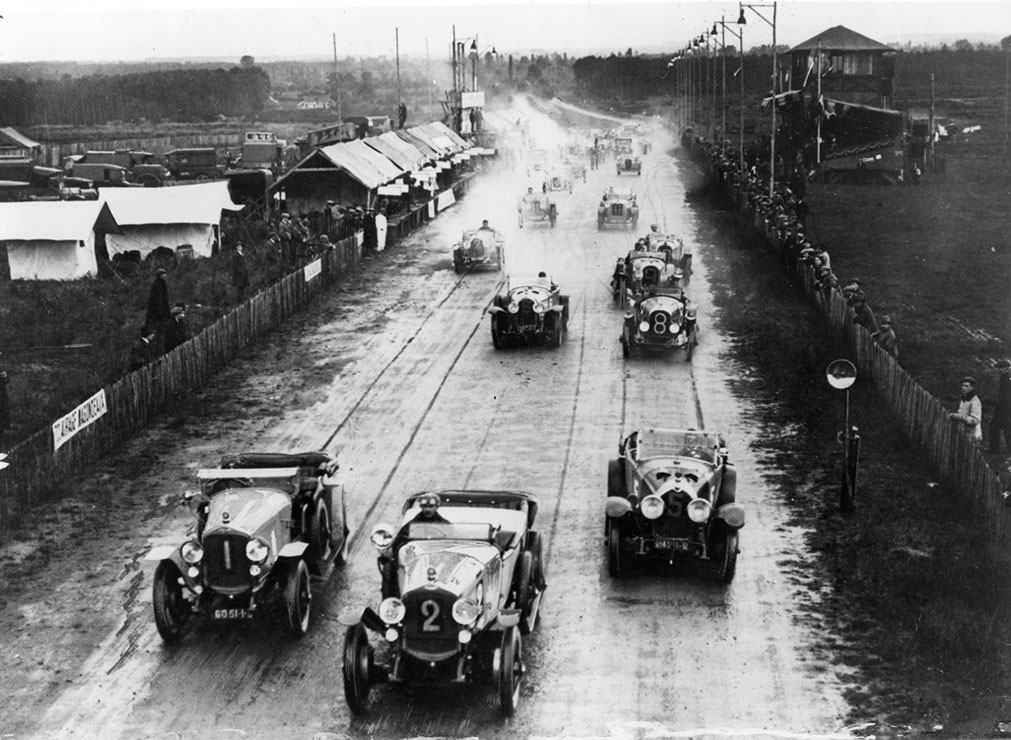
1930 – First women to participate in the 24 Hours of Le Mans
On June 21, 1930, Odette Siko and Marguerite Mareuse took part in the 24 Hours of Le Mans with a Bugatti Type 40. They finished 7th in the event after 132 laps. Two years later, Odette Siko with her teammate Louis Charavel, achieved the feat of finishing 4th with a team named after her. This is the best result for a woman on the circuit to date. 65 women took part in the 24 Hours of Le Mans.

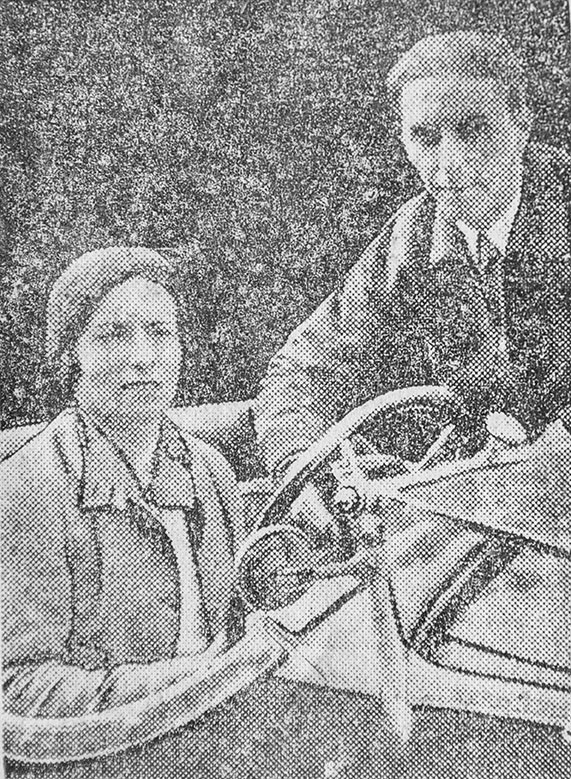
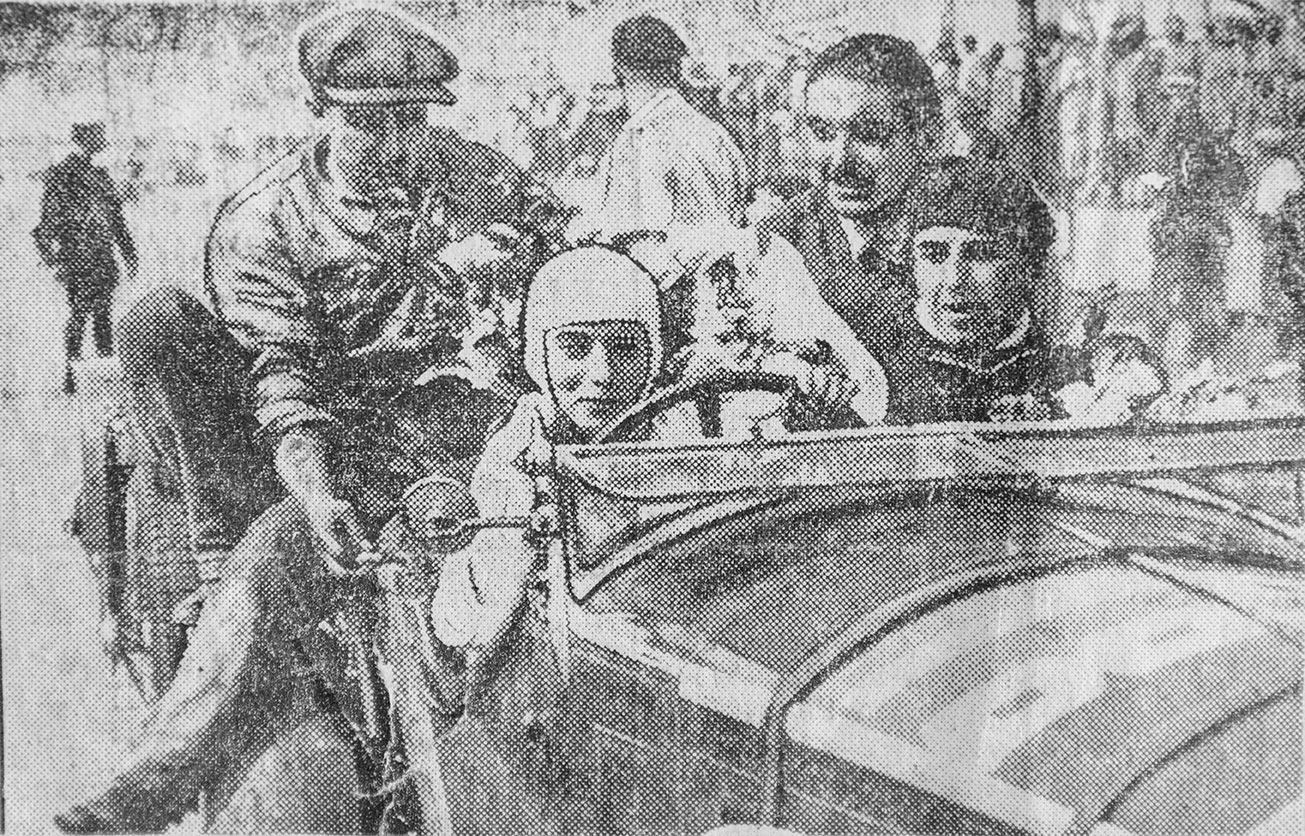
1955 – The most serious accident in the history of motorsport
The 23rd edition of the 24 Hours of Le Mans is the scene of an unprecedented drama for motorsport. On June 11, the Mercedes-Benz 300 No. 20 driven by Frenchman Pierre Levegh flew away and crashed into the crowd. The explosion of the car and the flying debris kill 84 people. The scale of the tragedy shocks the whole world. Several countries temporarily ban competitions on the open road and stricter safety standards are adopted. Mercedes withdrew from all motor racing and did not return to Le Mans until 1998!
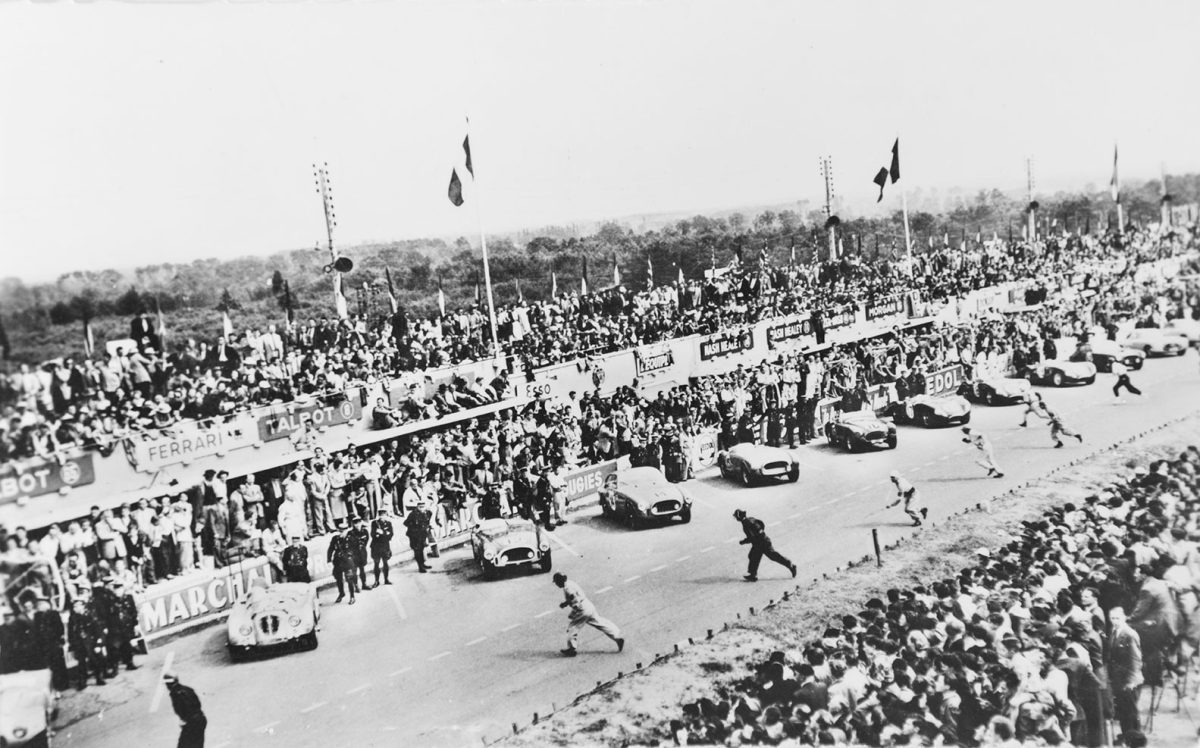
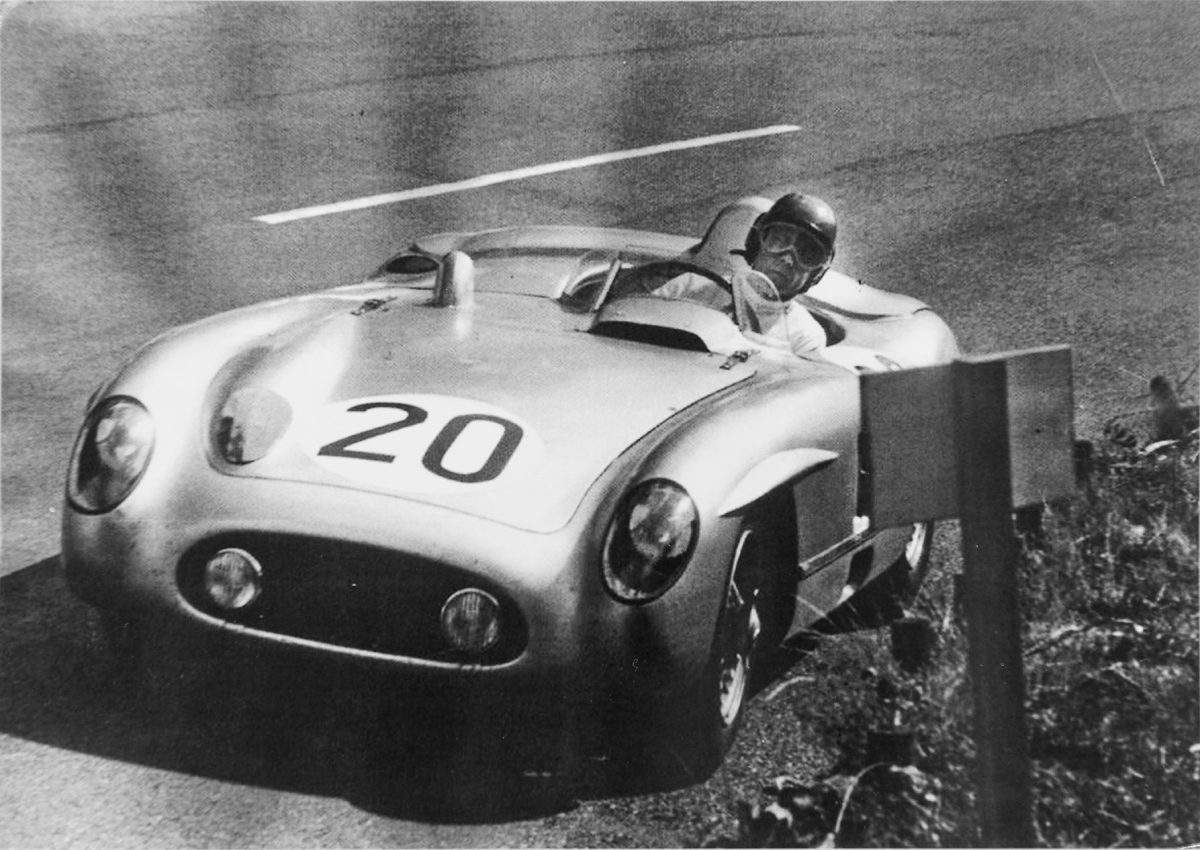
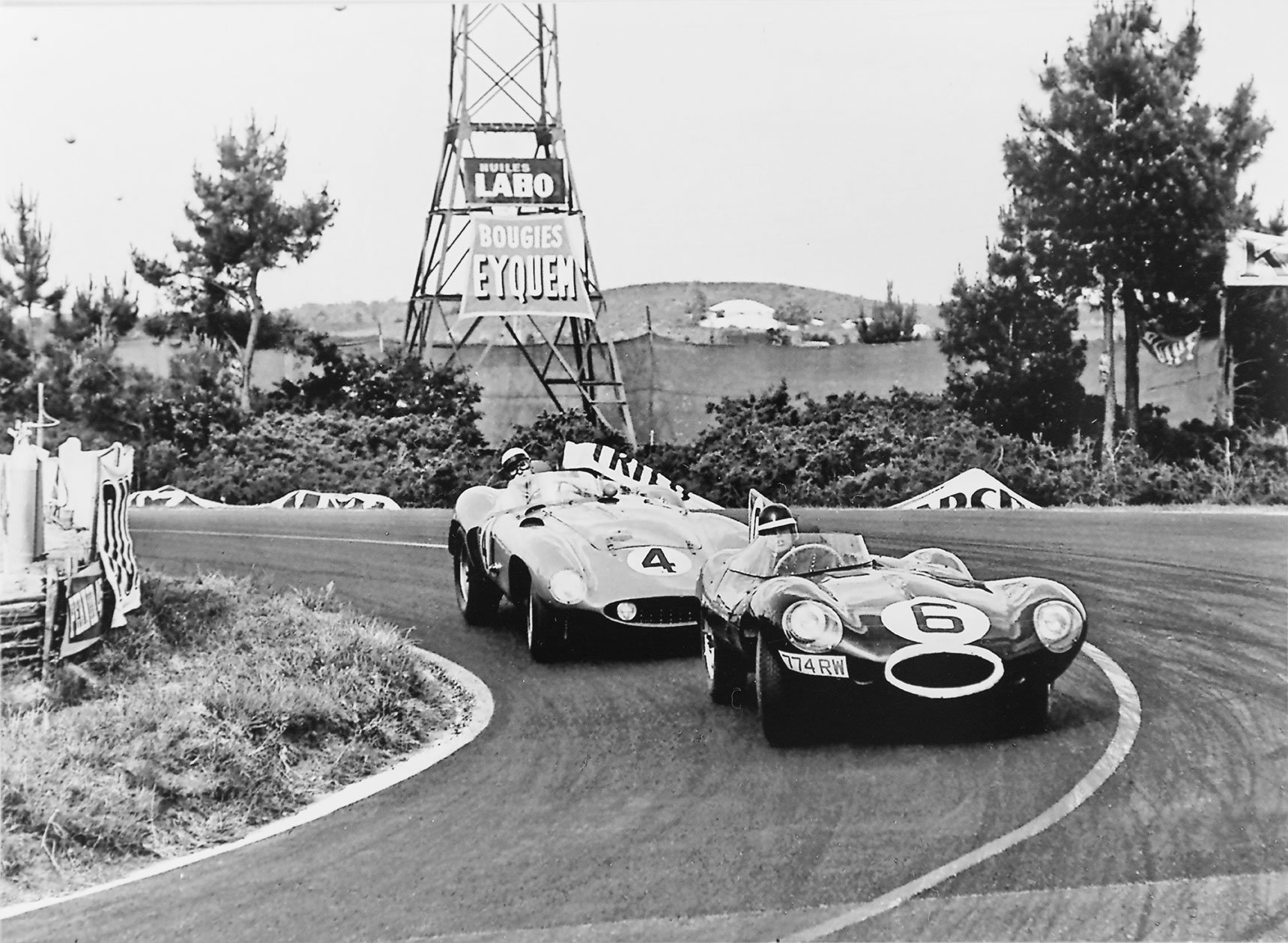
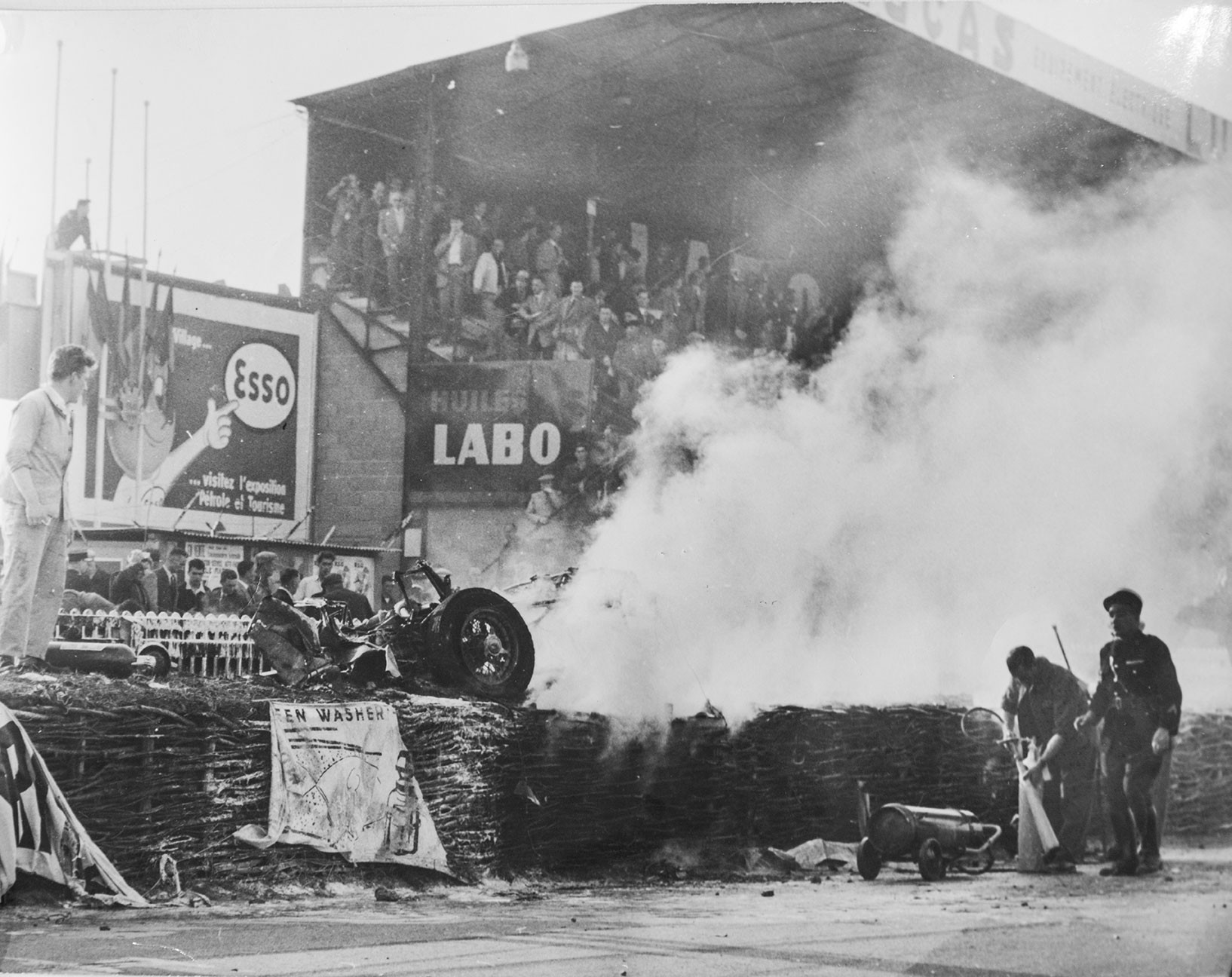
© Archives Départementales de la Sarthe
1980 – The only victory of a pilot-constructor
After several participations, the Sarthois Jean Rondeau decides to design his own racing cars. Built in barely 5 months, two cars lined up at the start of the 24 Hours in 1976 and managed to finish the race in 8th and 21st places. In 1980, faced with the armada of manufacturers like Porsche and their unlimited resources, Rondeau won the event and placed two of its M379s on the podium! A feat never reproduced since.
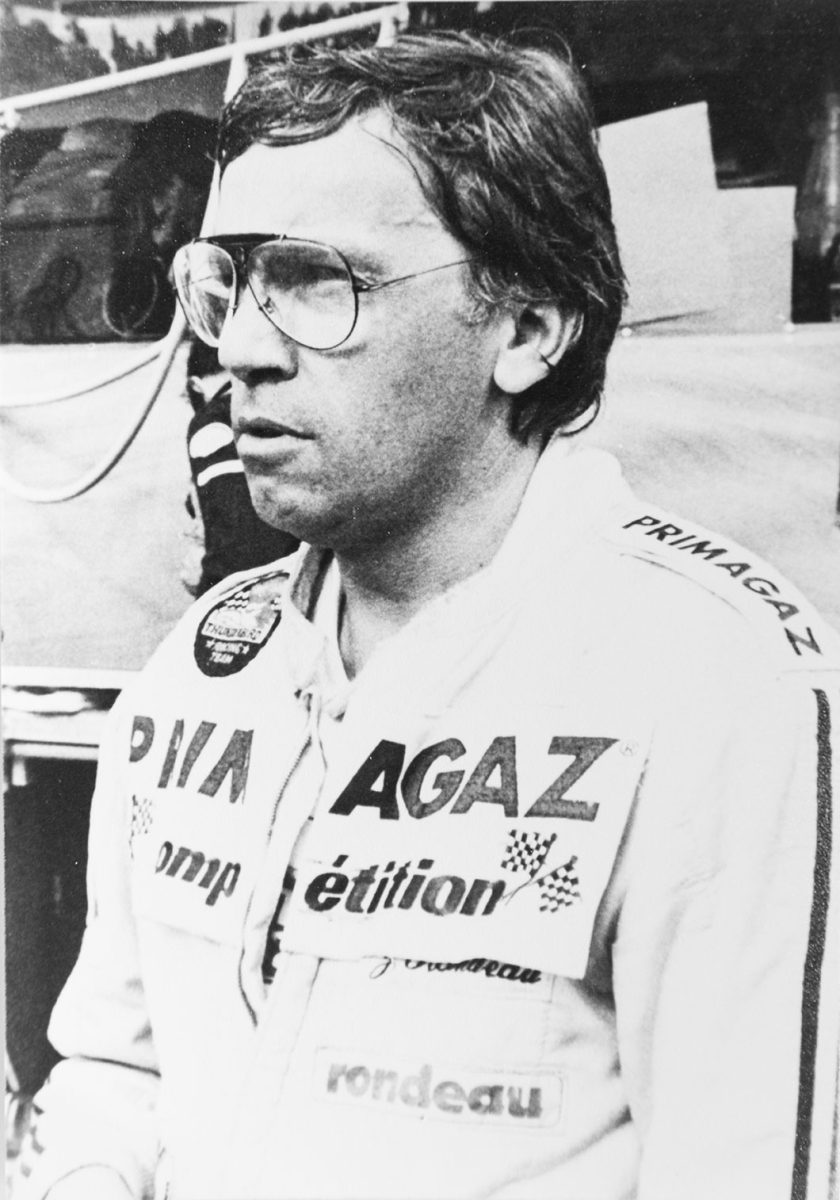
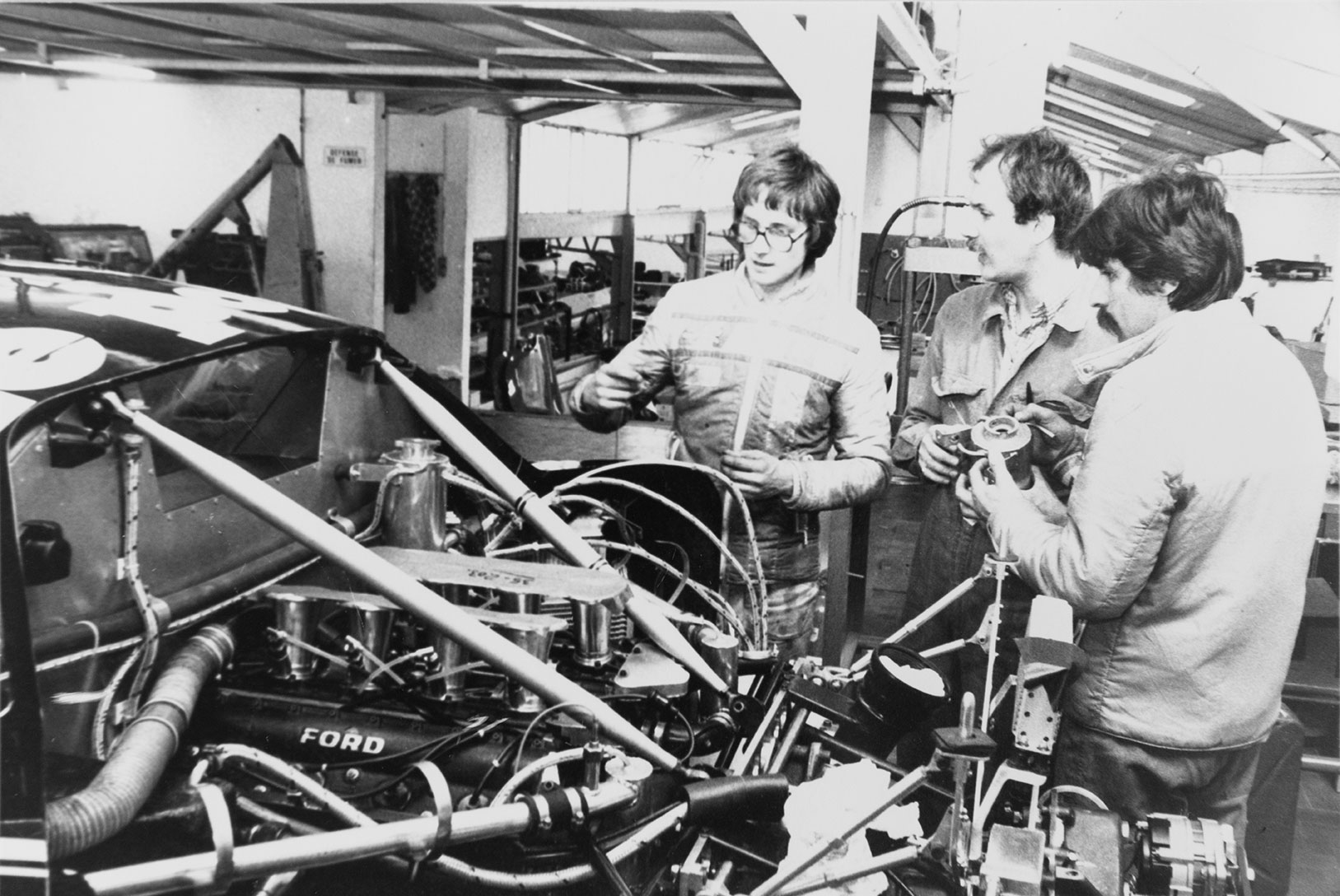

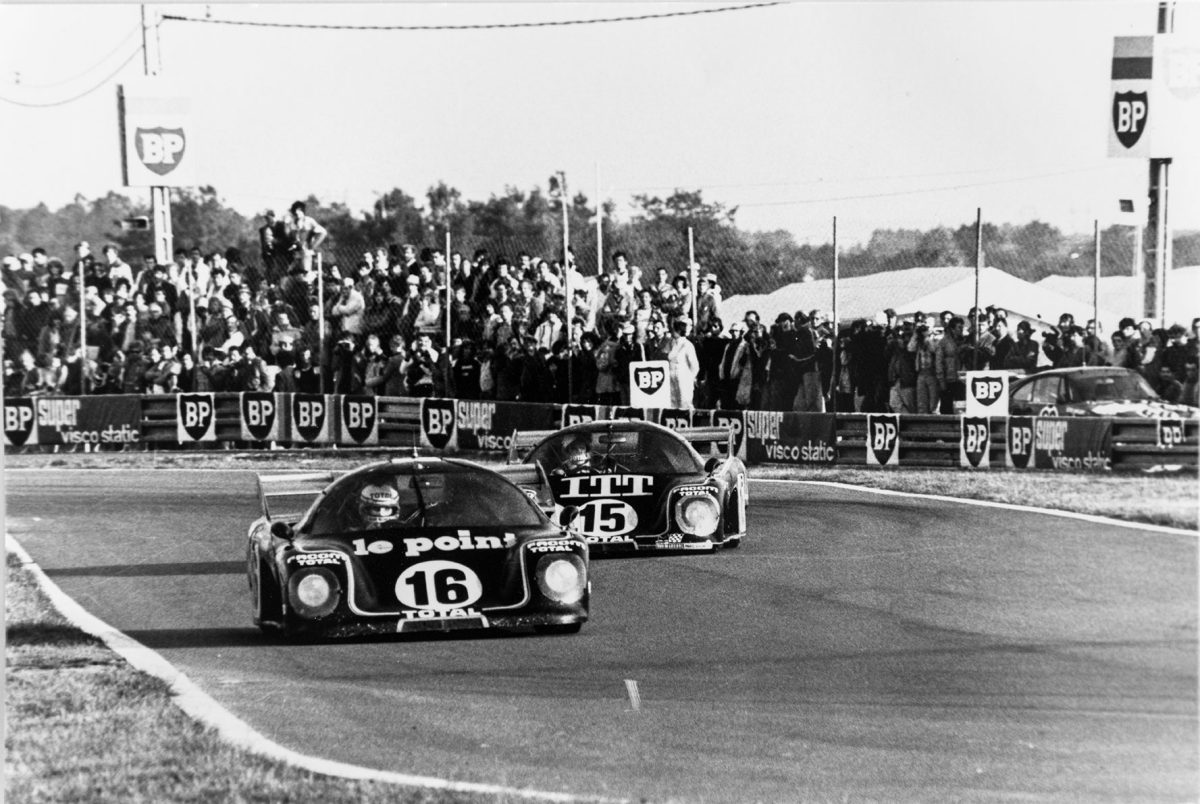
© Archives Départementales de la Sarthe
2016 – A quadri-amputee pilot creates the feat
Following a serious infection, Frédéric Sausset lost his two legs and both arms. While recovering, he set himself a crazy challenge: to participate in the 24 Hours of Le Mans. In 2016, he is therefore aligned with a car specially equipped so that he can maneuver it: two rods connecting the pedals to his thighs and a prosthesis fixed to the steering wheel allow him to accelerate, brake and steer. The team finished in 36th place (out of 60) and Frédéric became the first disabled driver to participate in Le Mans.
The future of the 24 Hours of Le Mans
2025 – Goal of zero GHG emissions!
The objective of Mission H24 launched by the Automobile Club de l’Ouest is to create a 100% clean racing car that only emits water. A first LMPH2G was therefore launched in 2020 and displays interesting performances: 0 to 100 km/h in 3.4 seconds and more than 300 km/h at top speed! Still in development, it should take part in its first 24 Hours of Le Mans in 2025.
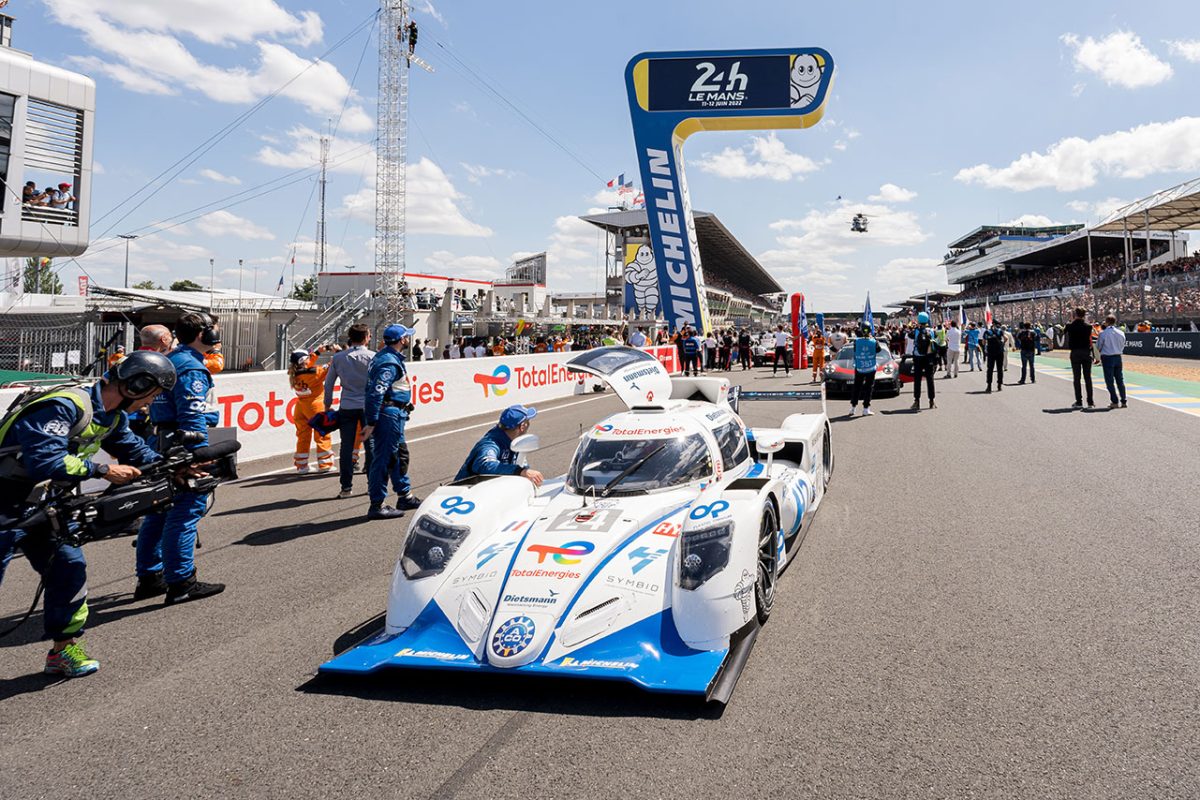
© Automobile Club de l’Ouest
Did you know ?
The 24 Hours of Le Mans is a veritable open-air laboratory for automotive professionals. The nature of competition pushes them to innovate. Road surfaces, fog lights, disc brakes, LED headlights were all created for racing.










